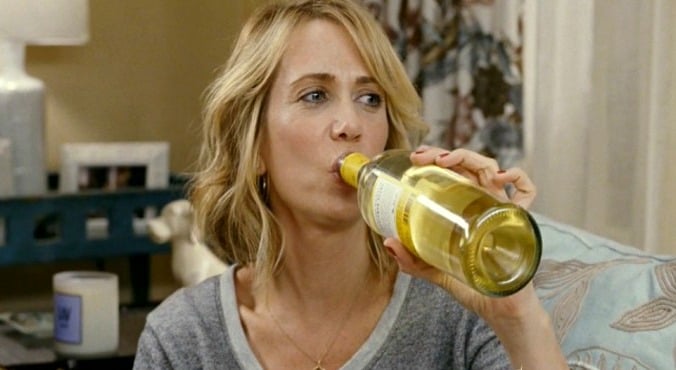
Image via Universal Pictures
For many of us, alcohol is an enjoyable backdrop to life: wine with dinner, beers with friends, a glass of bubbly to celebrate a special occasion, or nip of something heavier to unwind after a long day.
But alcohol is the fourth-largest cause of disease in Australia after excess weight, smoking and high blood pressure. So, how do you decide whether – or how much – to drink?
Unfortunately, the answer is far from simple and falls into the murky realm of “it depends”. Let’s consider what the science says about the positive and negative effects of alcohol.
Injury
Drinking alcohol increases your risk of accidents and injury. Only tobacco outranks alcohol as the leading preventable cause of drug-related death and hospitalisation in Australia.
Between 1992 and 2001, more than 31,000 deaths were attributed to risky or high-risk alcohol consumption. And between 1993–94 and 2000–01, half a million people were admitted to hospital for alcohol-related injuries.
Cancer
The more you drink, the higher your risk of cancer – and this is a steep exponential curve. So, with each incremental increase in your drinking, there is a marked increase in your risk.
The World Health Organization’s International Agency for Research on Cancer has concluded there is “sufficient evidence” that alcohol causes cancers of the oral cavity, pharynx, larynx, oesophagus, liver, colorectum and female breast.
Unfortunately there is no evidence of a safe threshold; as soon as you start drinking your risk of cancer increases. This includes a 12% increase in the risk of breast cancer with each additional unit of alcohol per day.
Heart disease
The evidence is mounting for a “J- or U-shaped” link between drinking alcohol and developing cardiovascular disease (heart disease, stroke and other blood vessel disease). This means light to moderate drinkers have a lower risk of cardiovascular disease compared with those who drink nothing and those who drink a lot.

